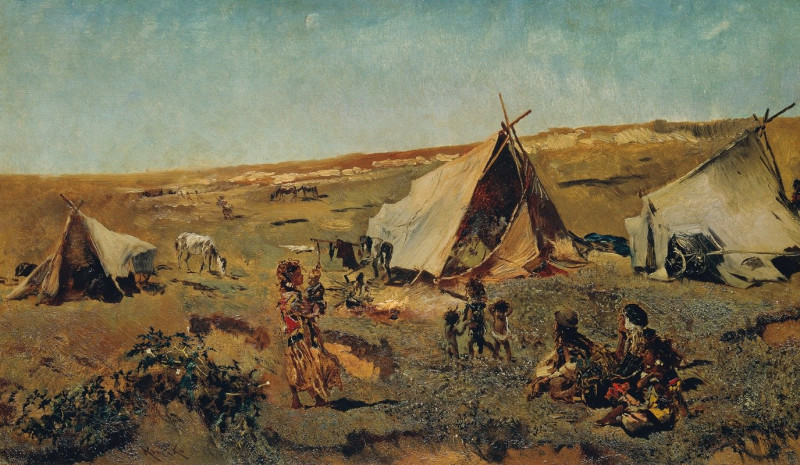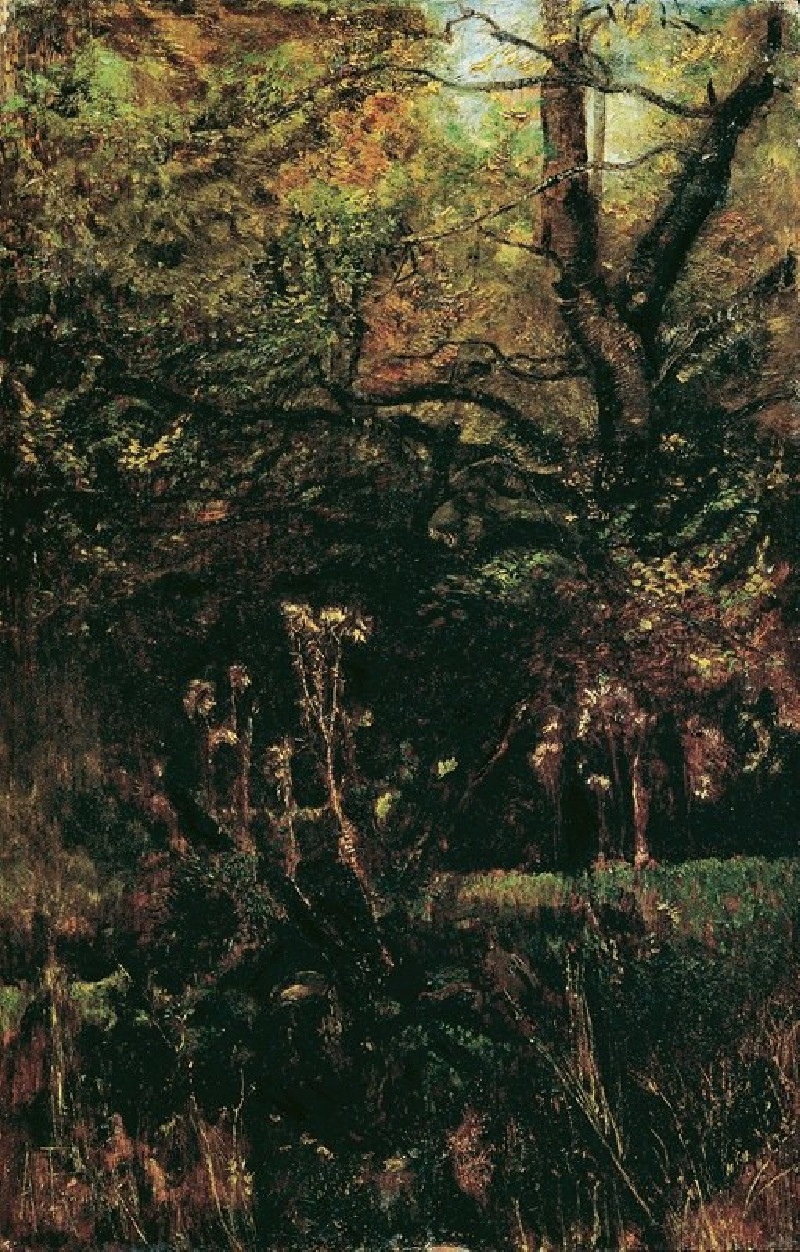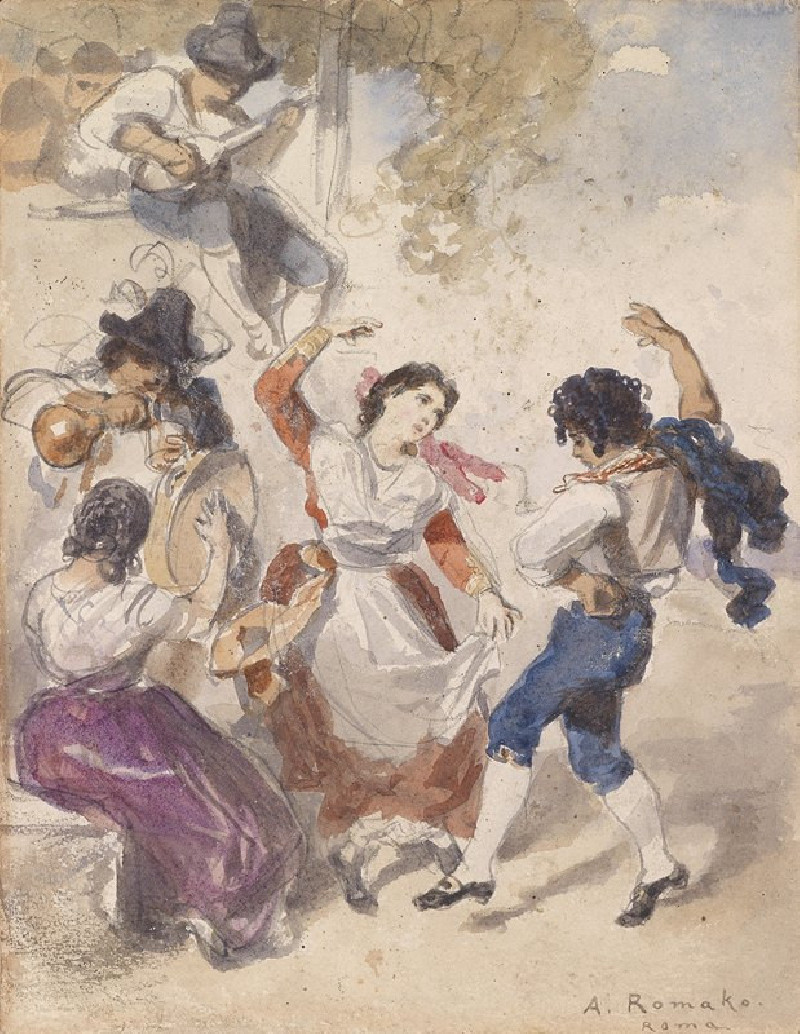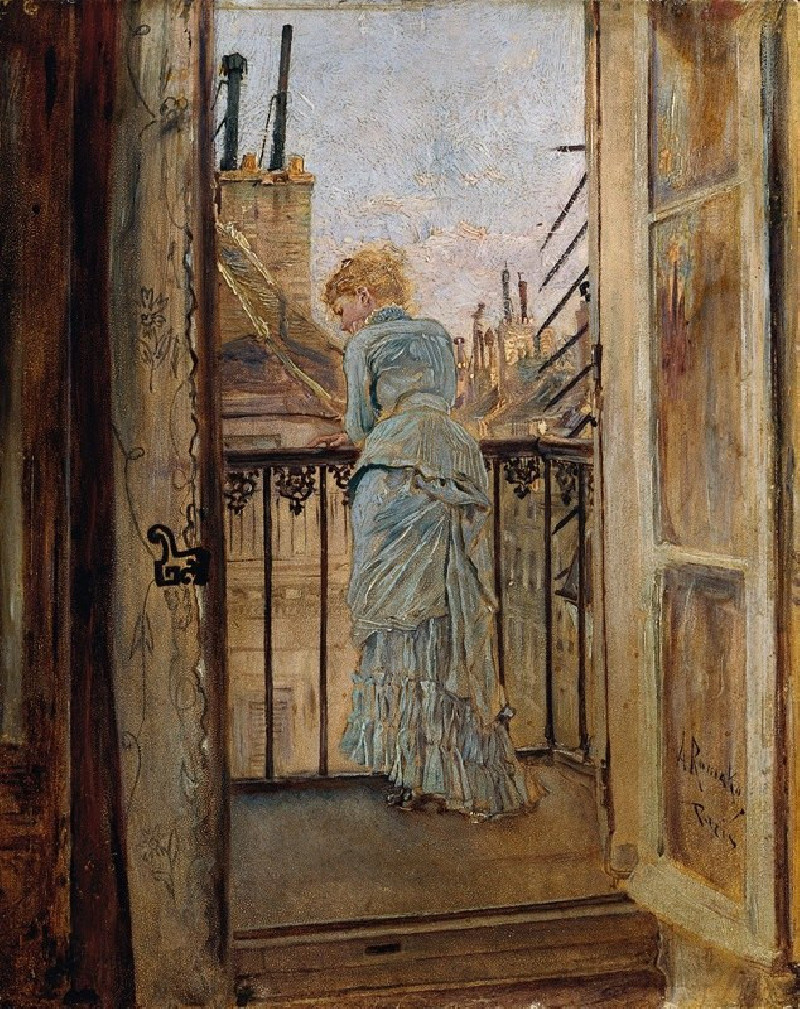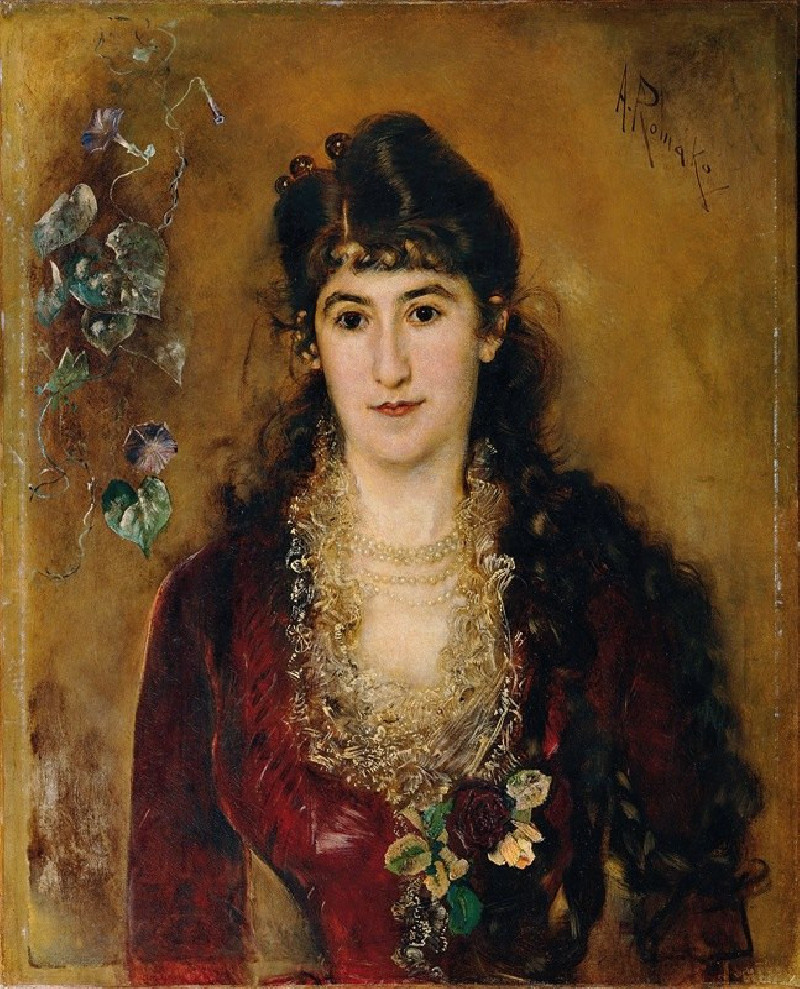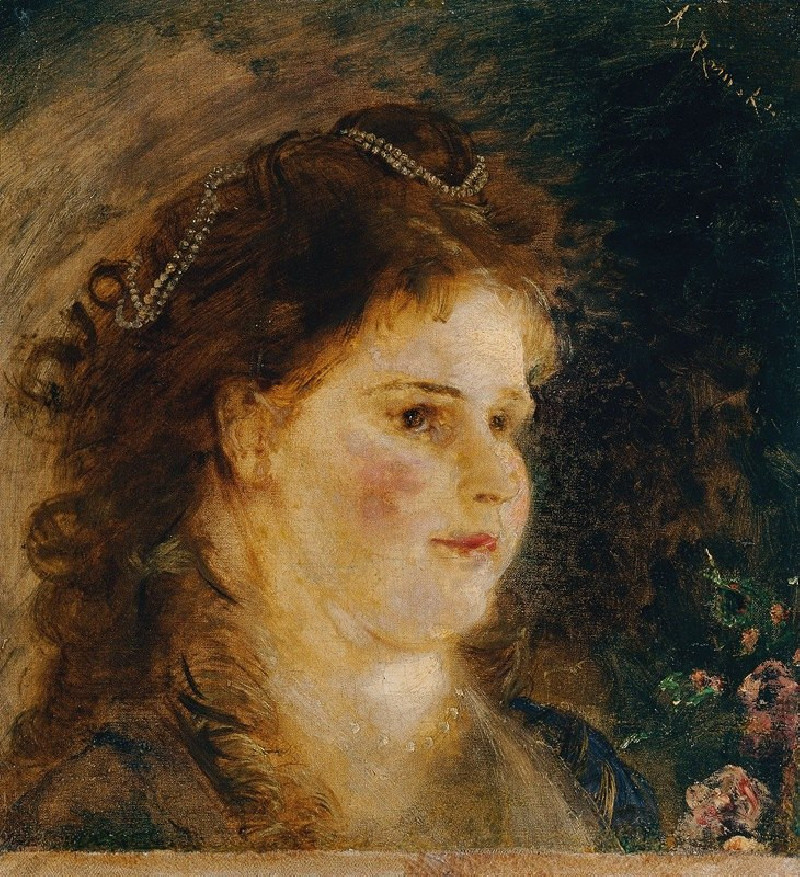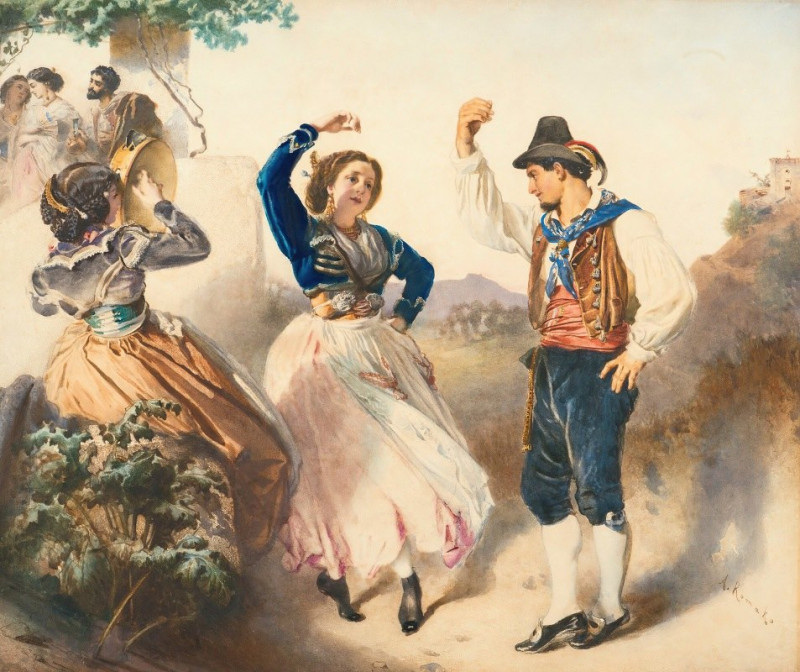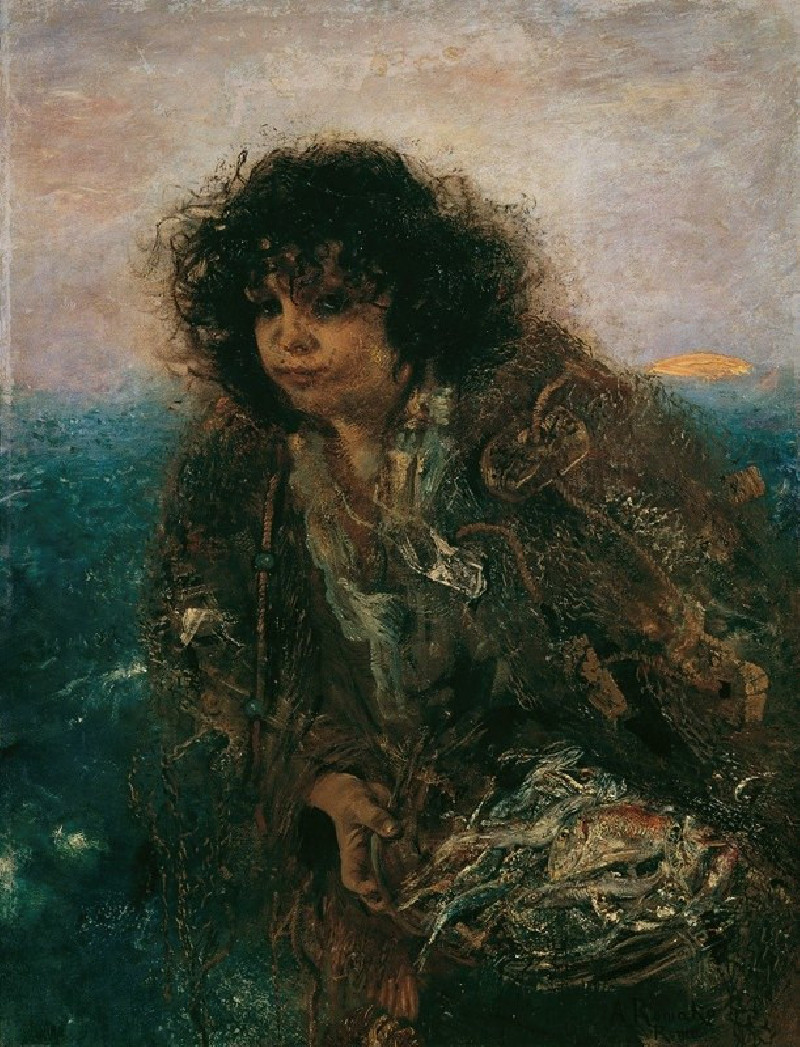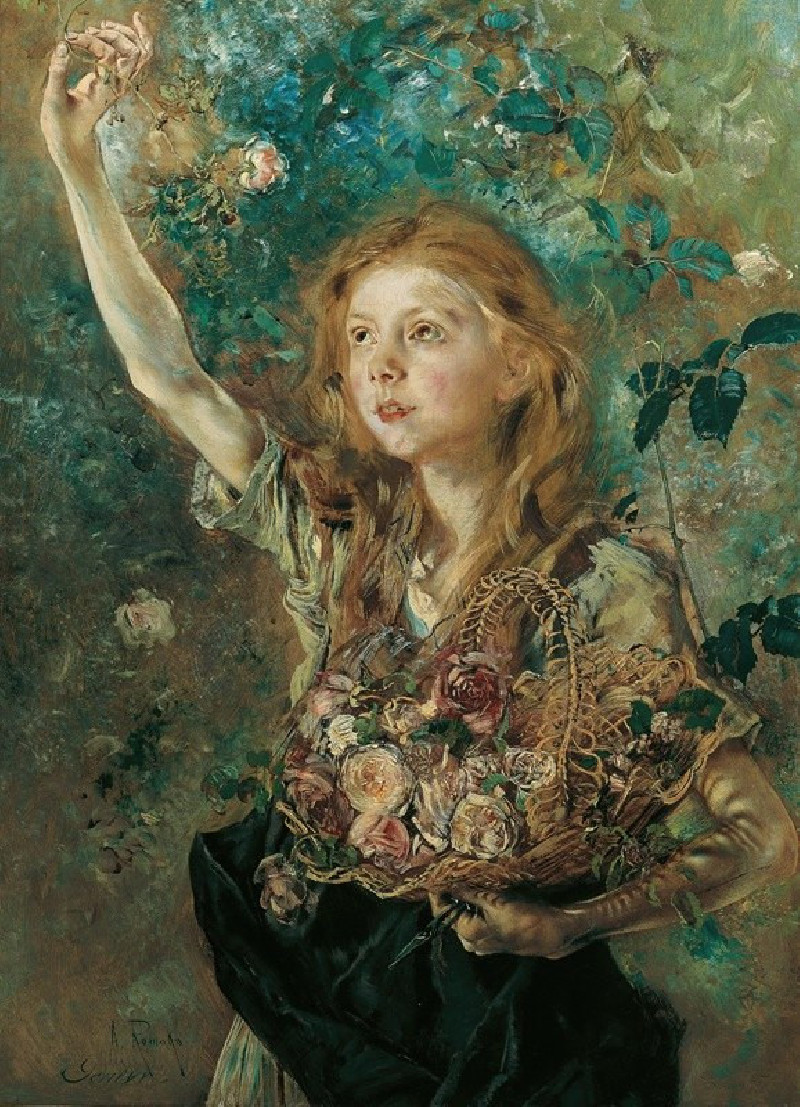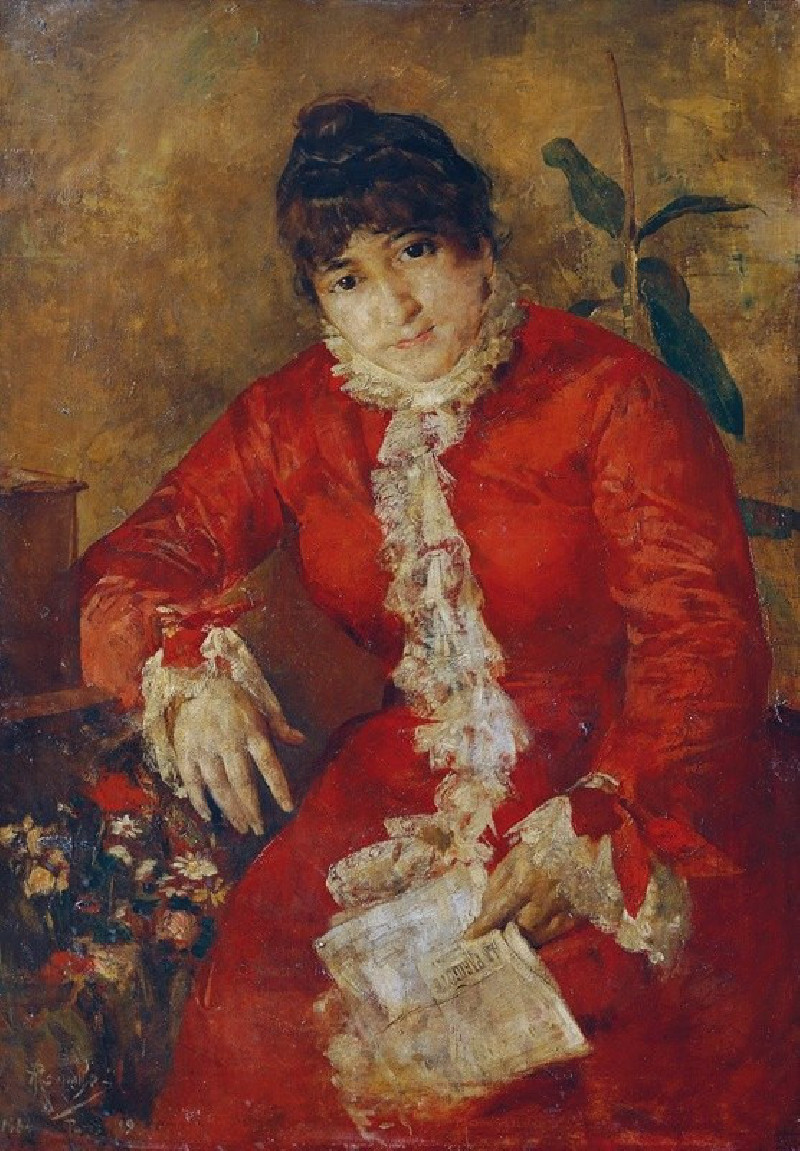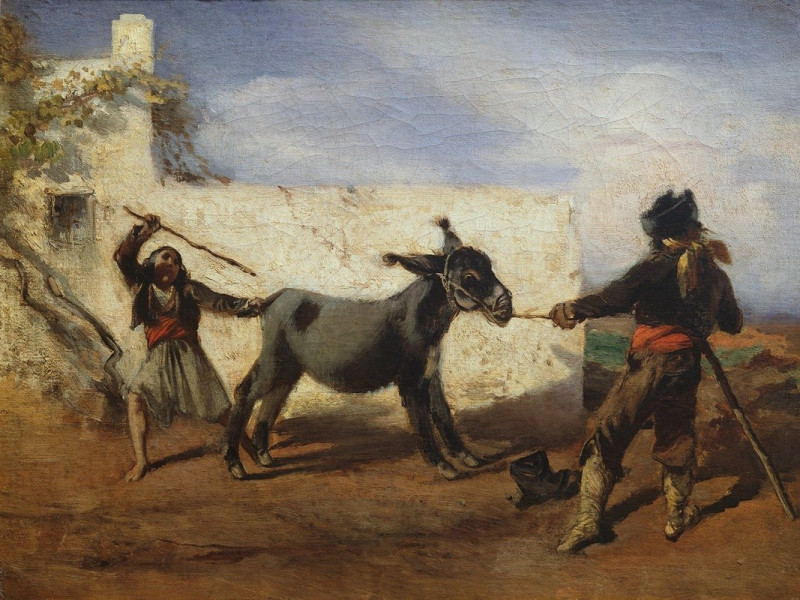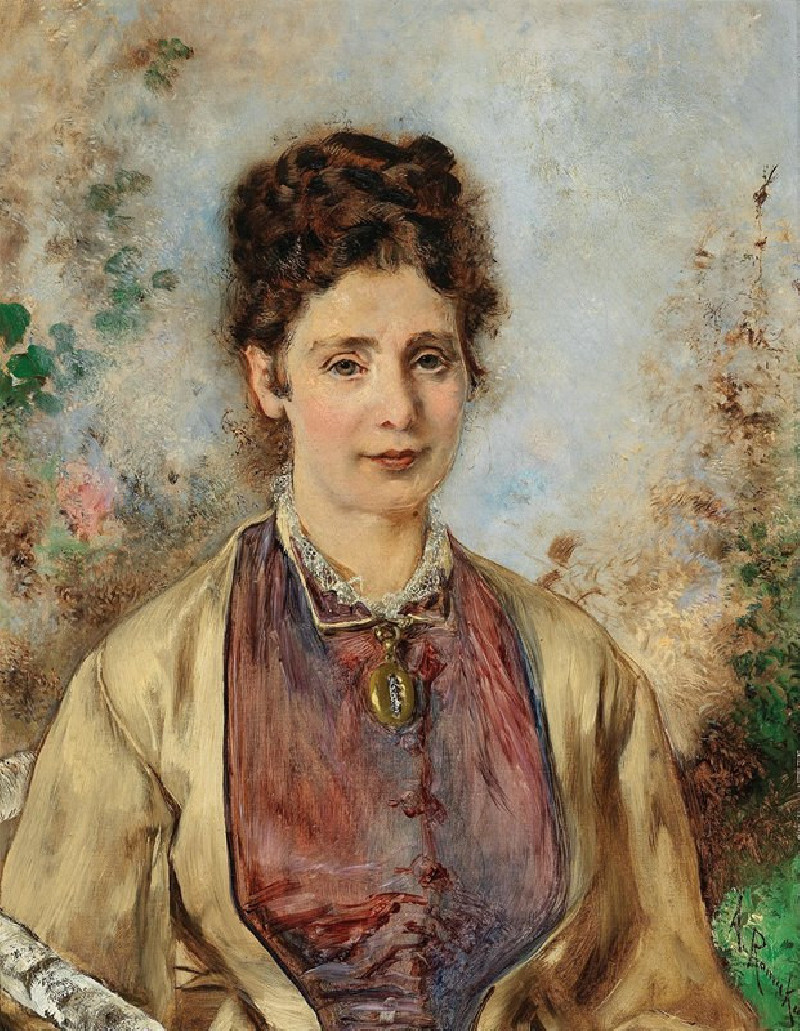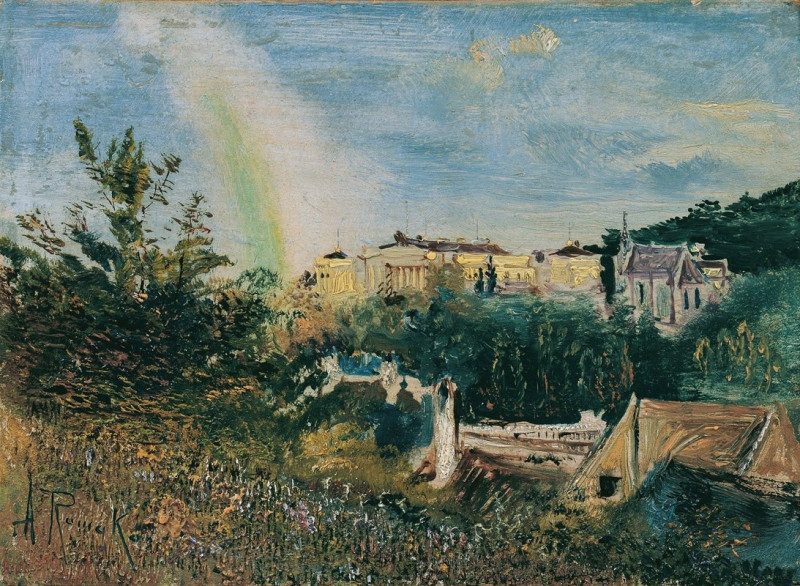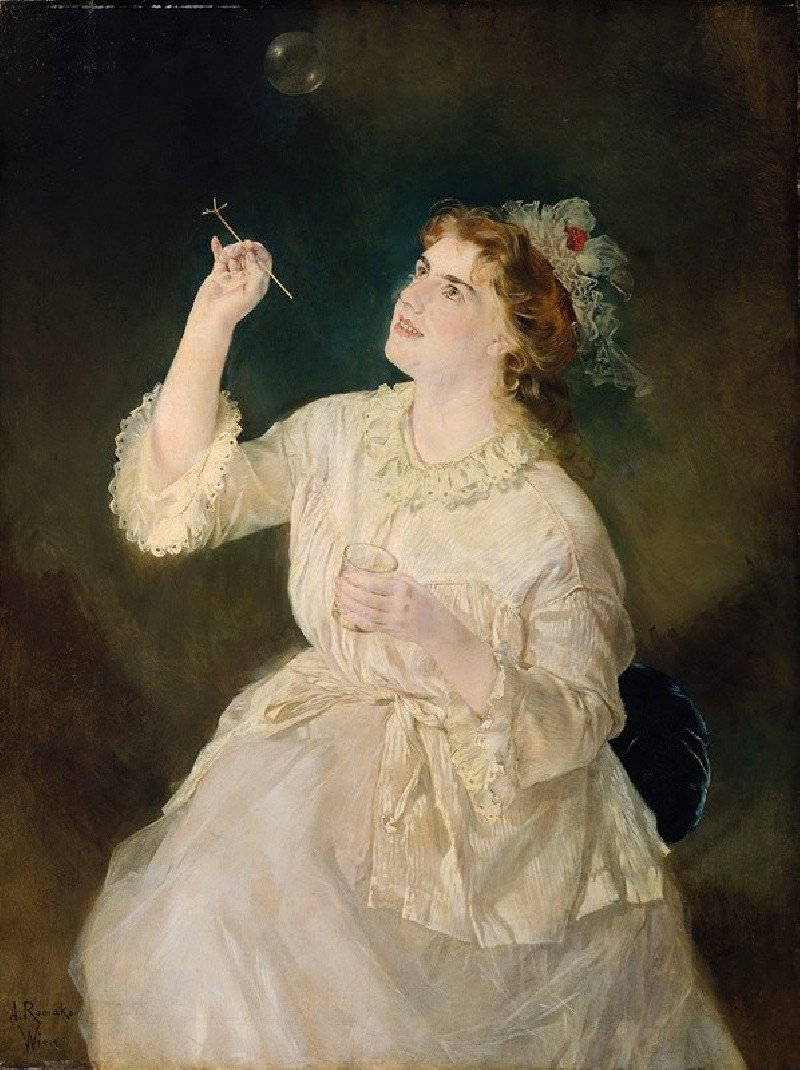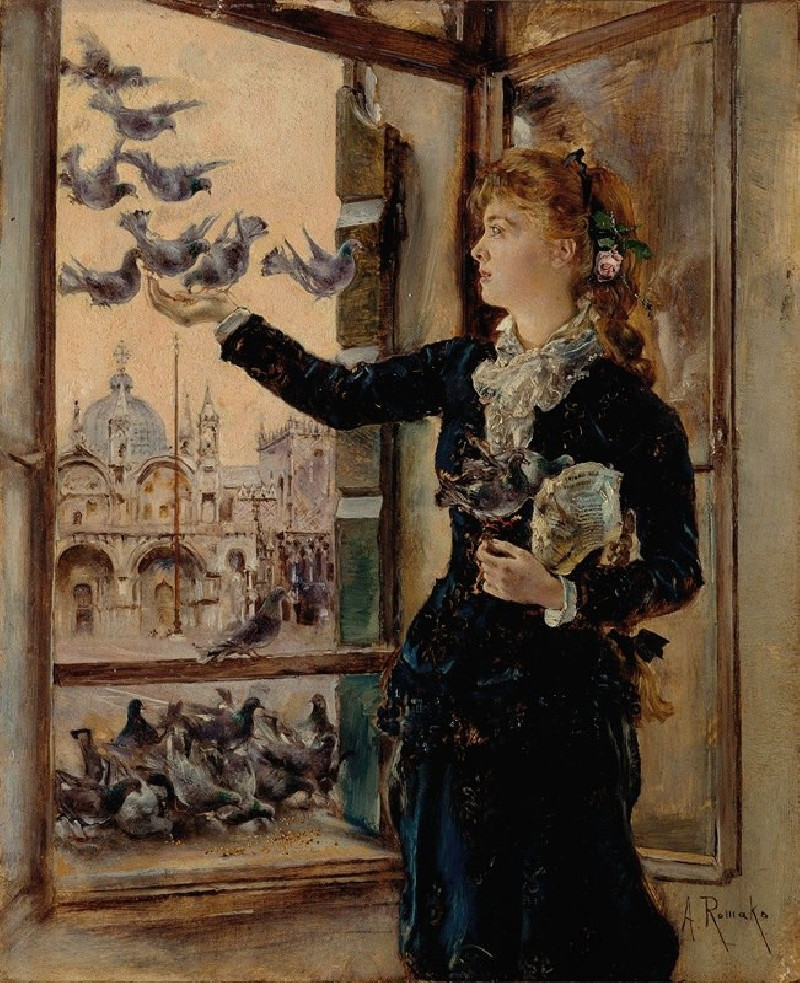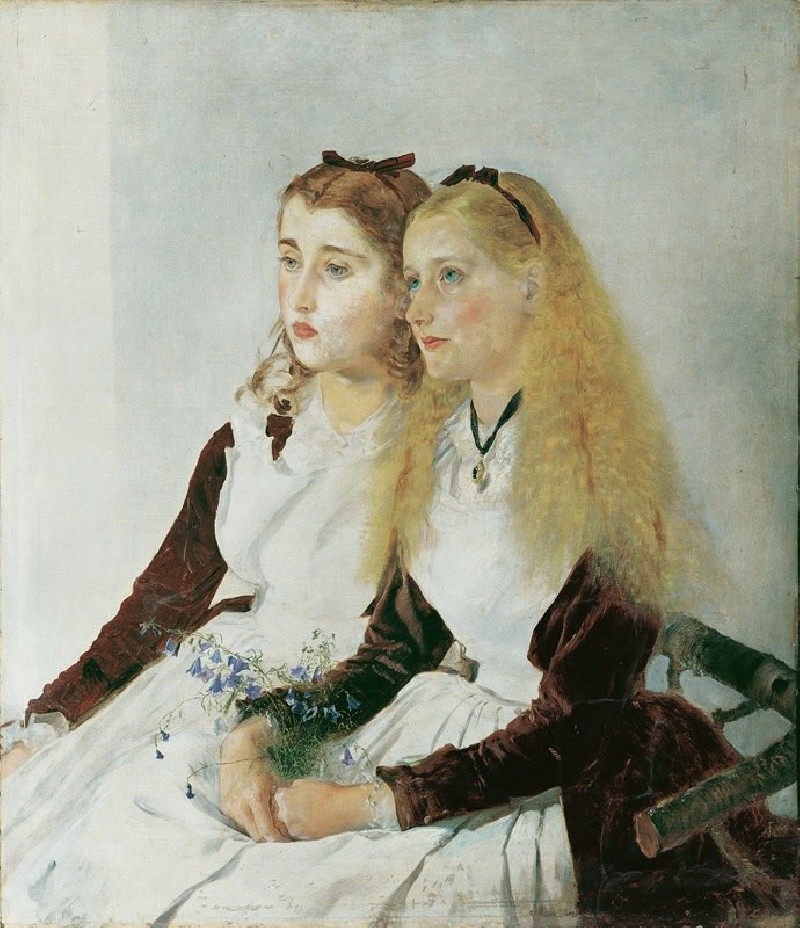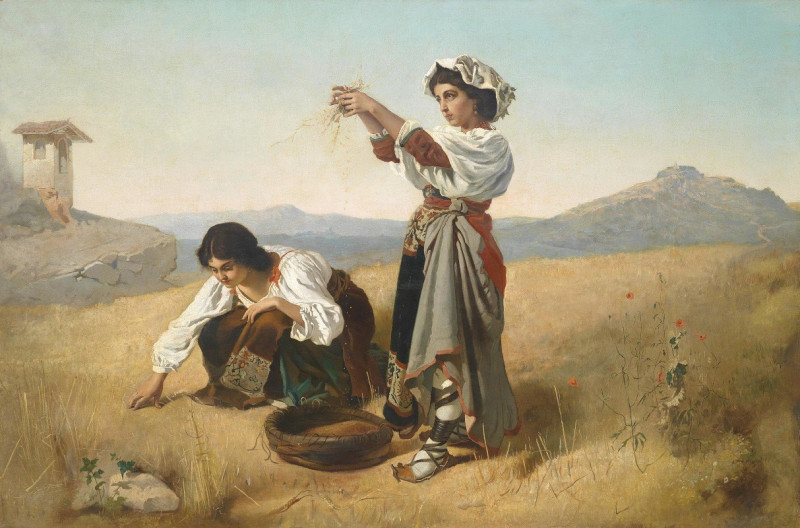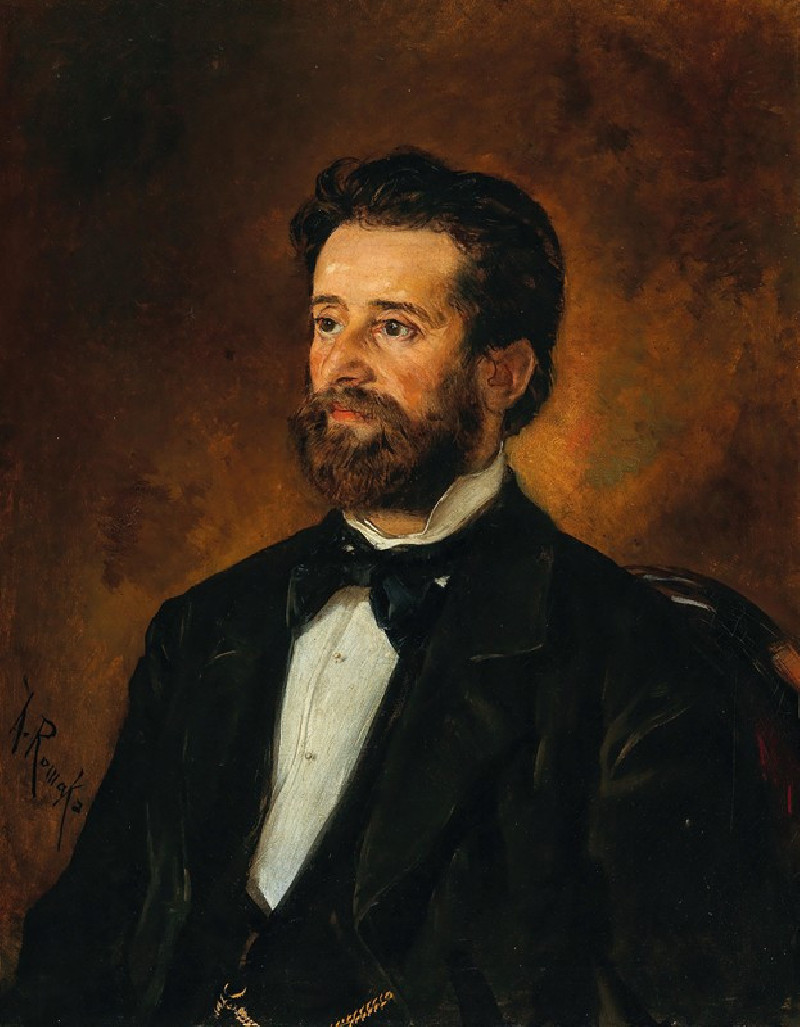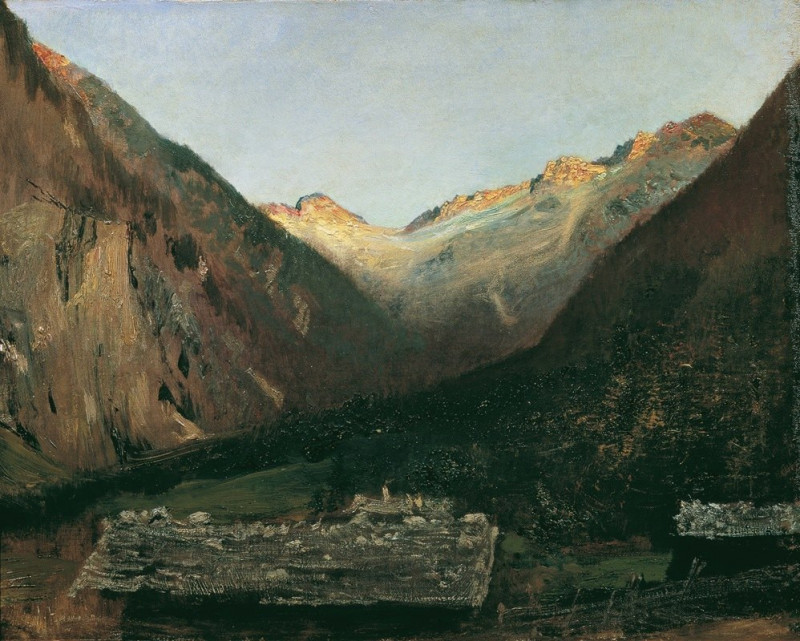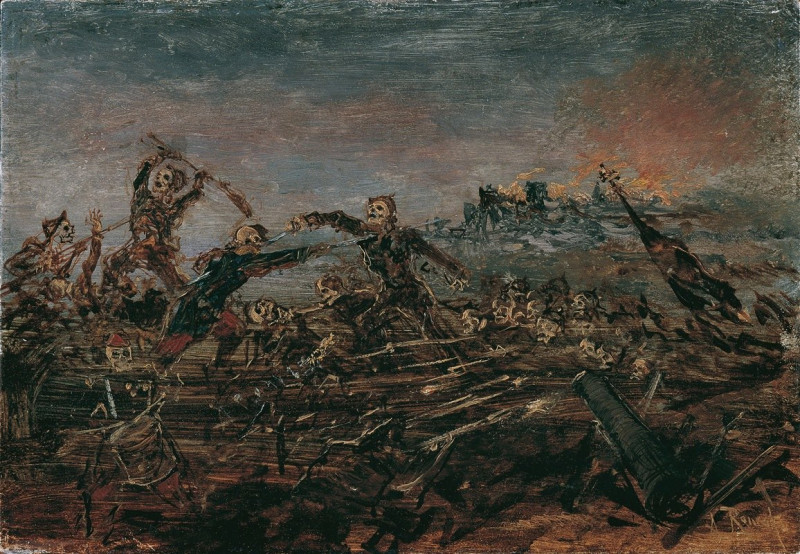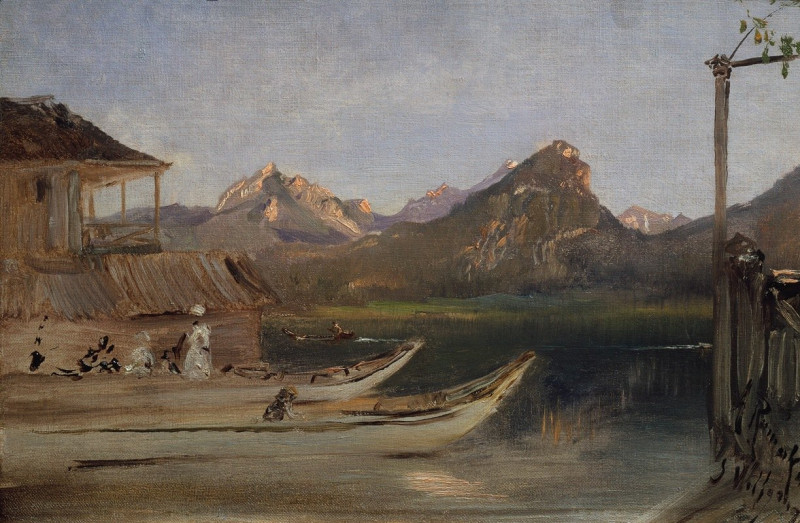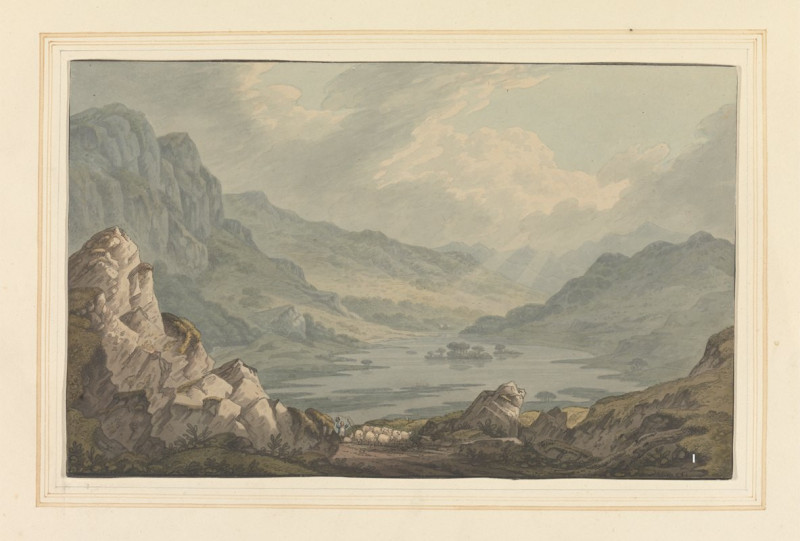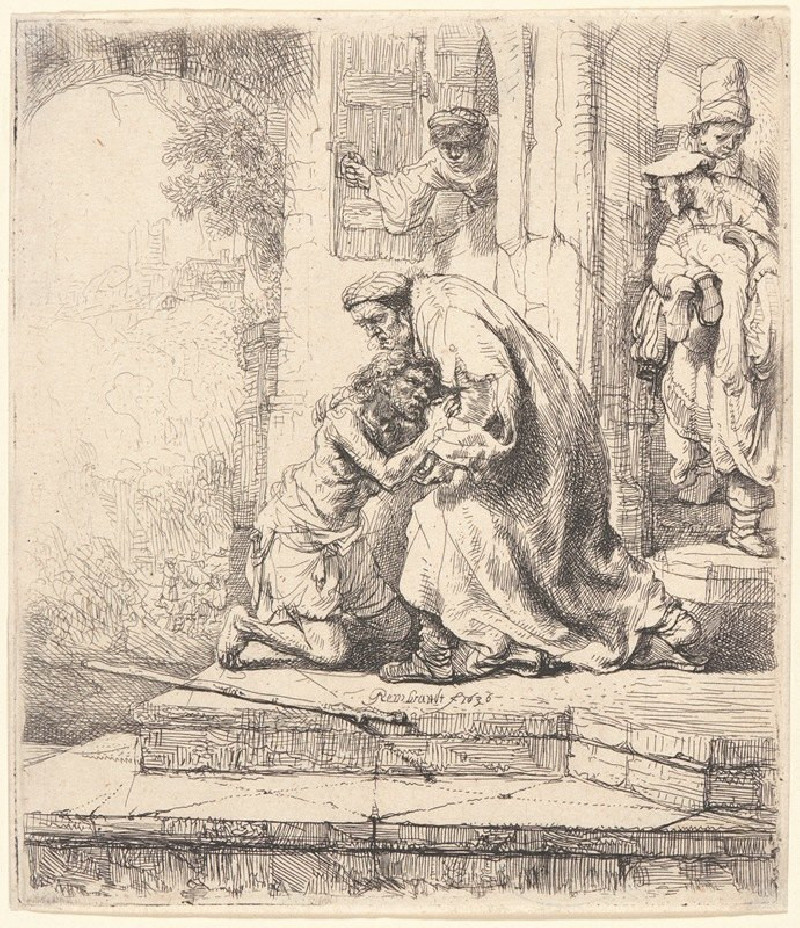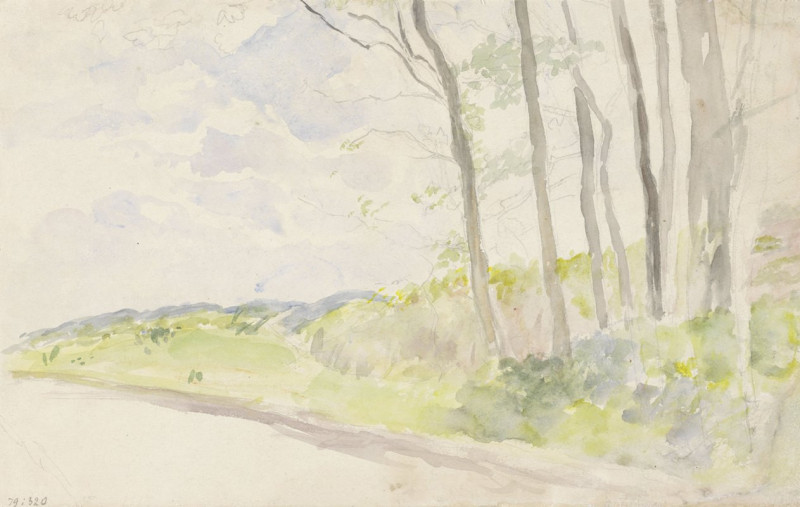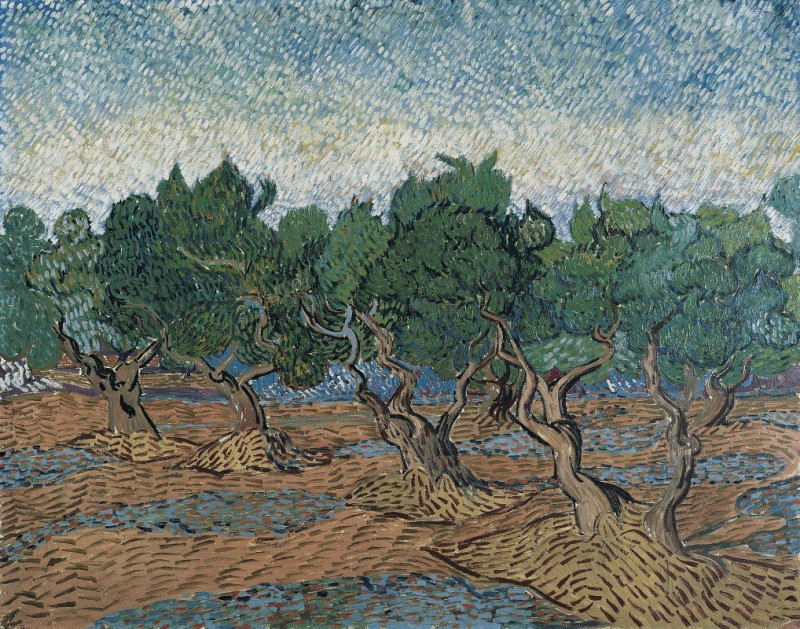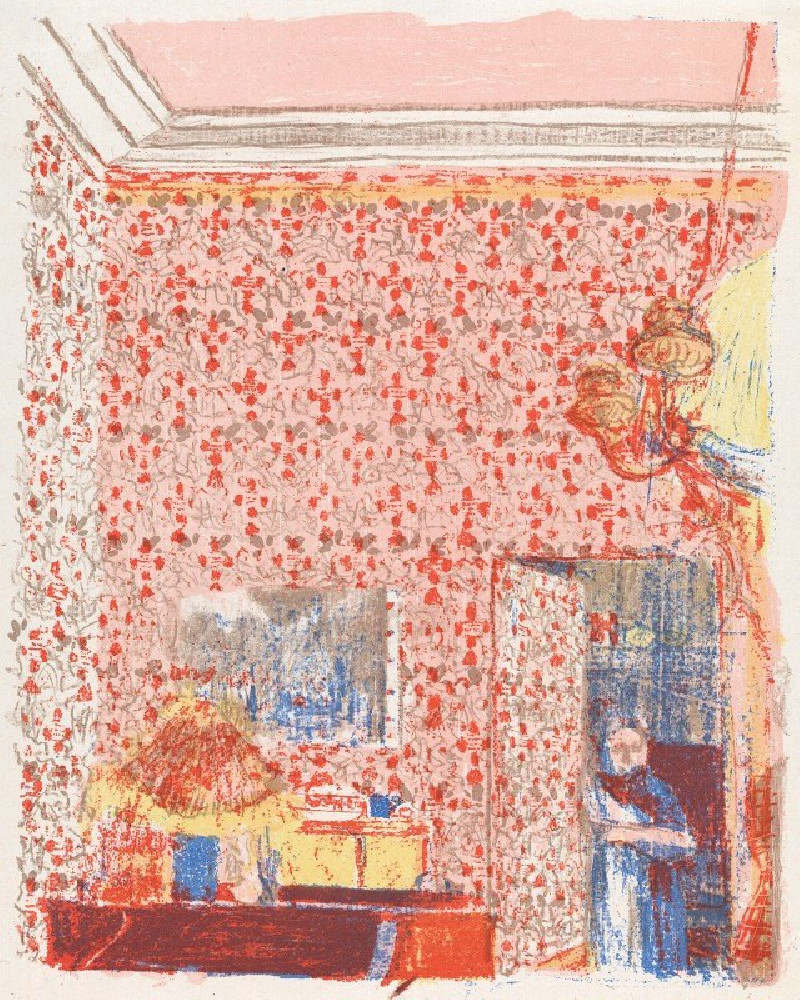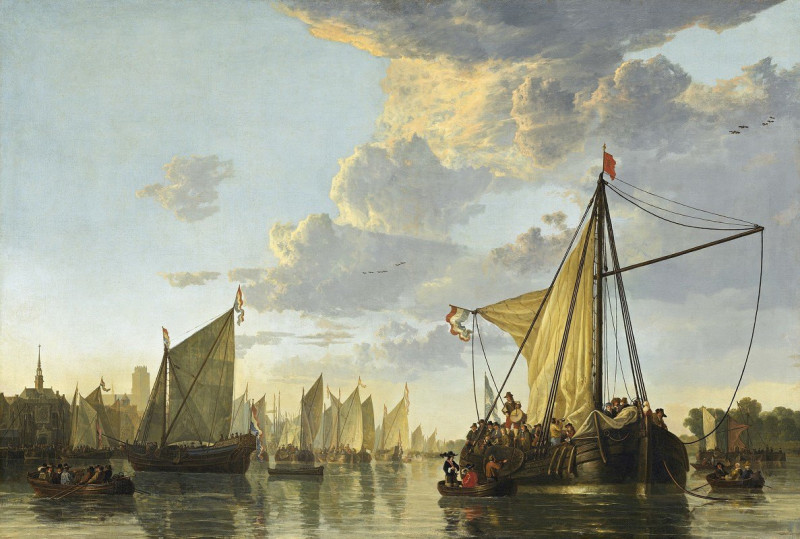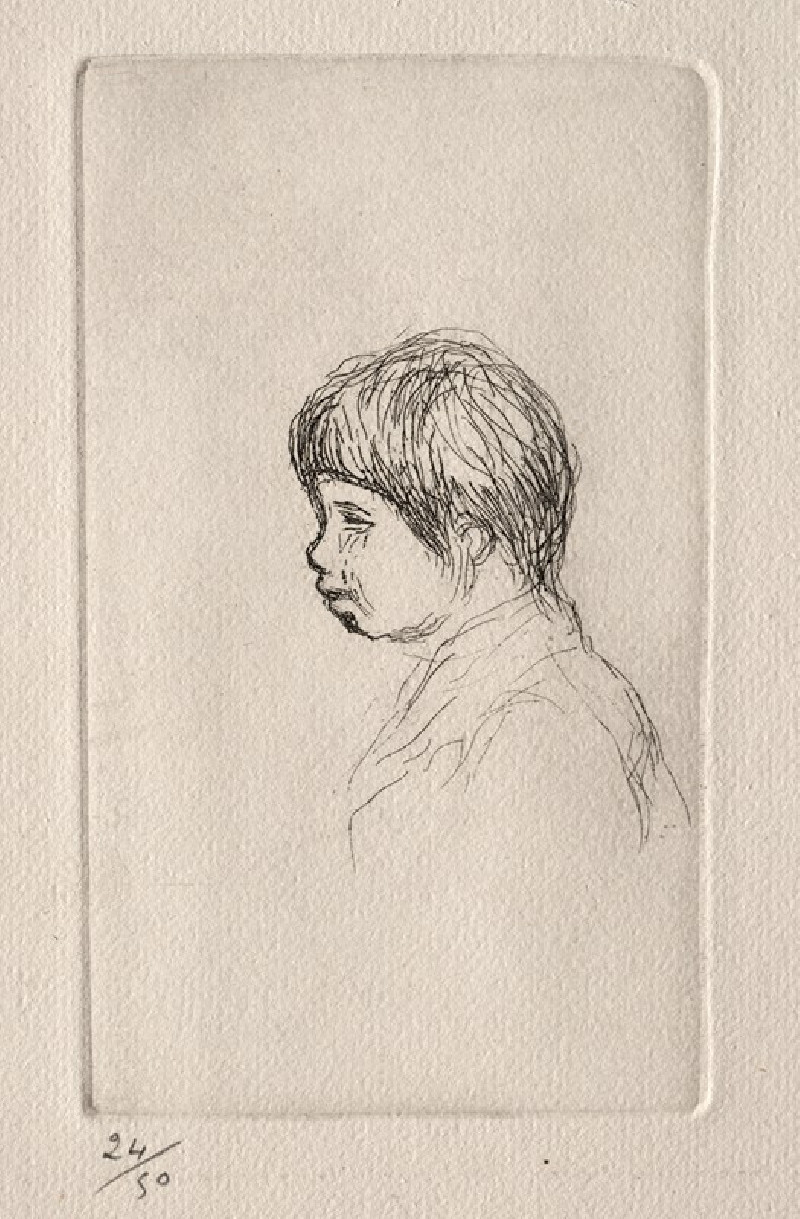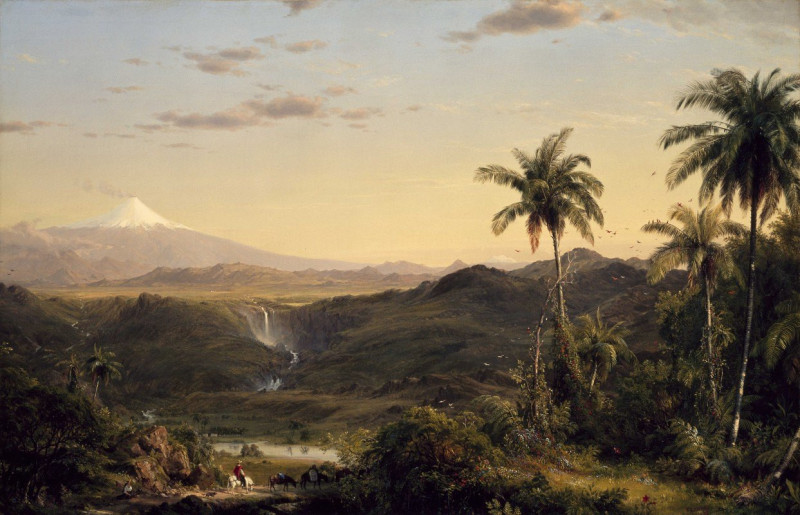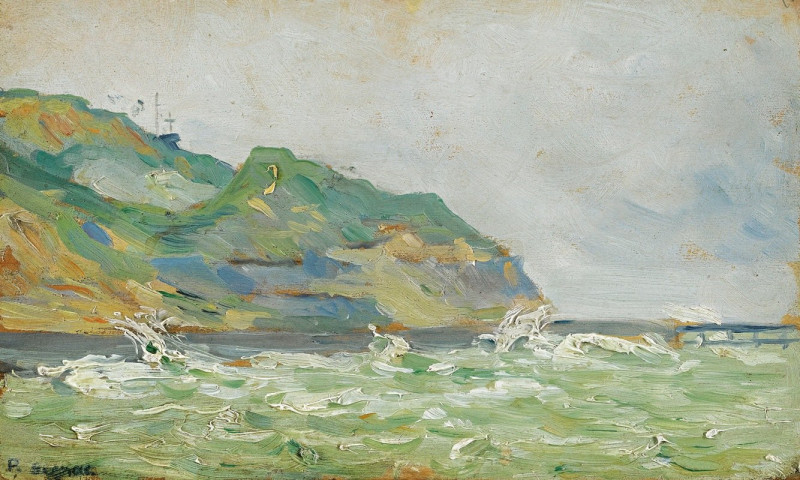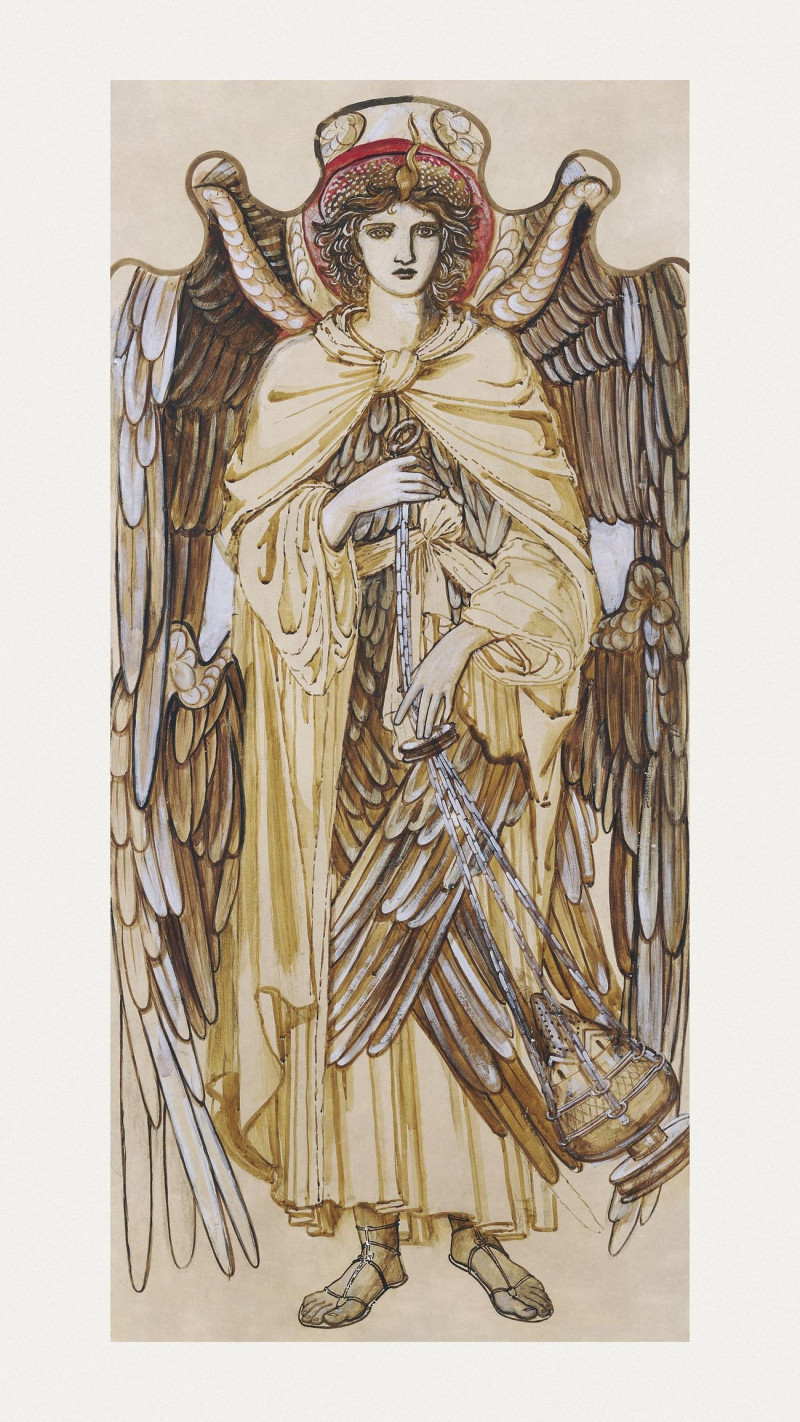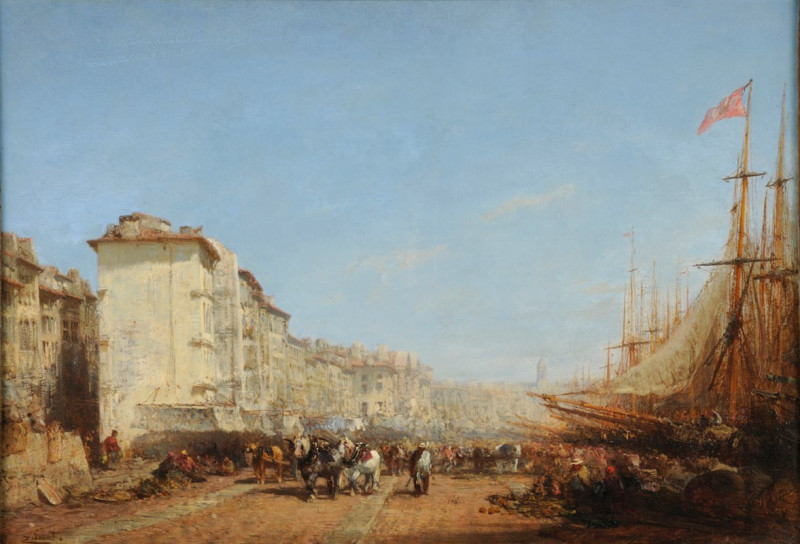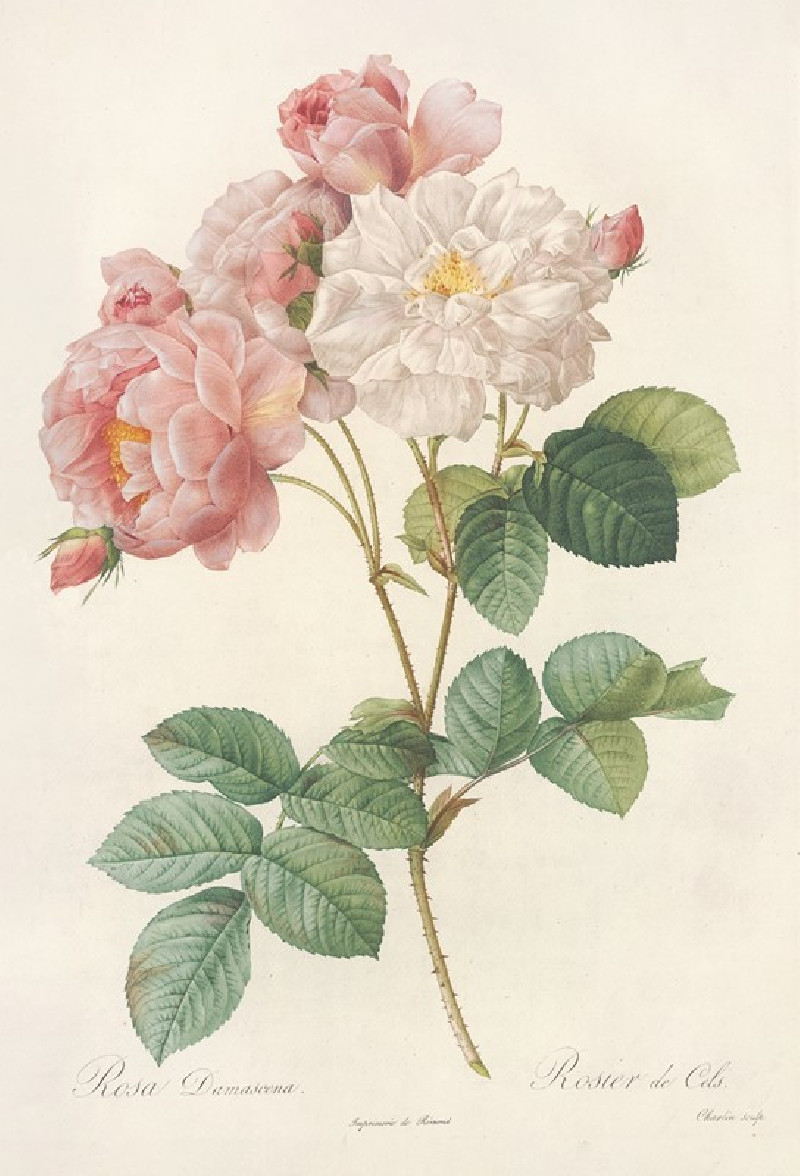Zigeunerlager in der Puszta (1875-1880)
Technique: Giclée quality print
Recommended by our customers
More about this artwork
Anton Romako, a late 19th-century artist renowned for his often unconventional and emotionally intense works, captures a vivid scene in "Zigeunerlager in der Puszta." This painting depicts a Romani encampment in the vast plains of the Puszta, a landscape characterized by its wide, open spaces in Hungary.The artwork presents a series of makeshift tents that scatter across the dry terrain, hinting at a nomadic lifestyle adapted to the rigors of an open landscape. The foreground is animated with life; a woman richly dressed in traditional garb holds a child, leading the viewer's eye towards two more children playing nearby. Another powerful element is a group of Romani people seated around a fire, engaging in daily social and familial interactions.Romako's use of color emphasizes the arid environment and the resilient spirit of the people living there. The earthy tones of the tents blend with the expansive browns and muted greens of the plains, while the brighter colors of the traditional clothing stand out, injecting vitality into the scene.This painting not only captures a cultural and historical narrative but also showcases Romako’s skill in portraying complex human emotions and the stark beauty of a harsh landscape. It invokes a reflection on the lifestyle of the Romani people, their closeness to nature, and their enduring community bonds amidst transient settings.

